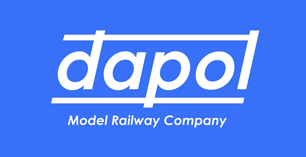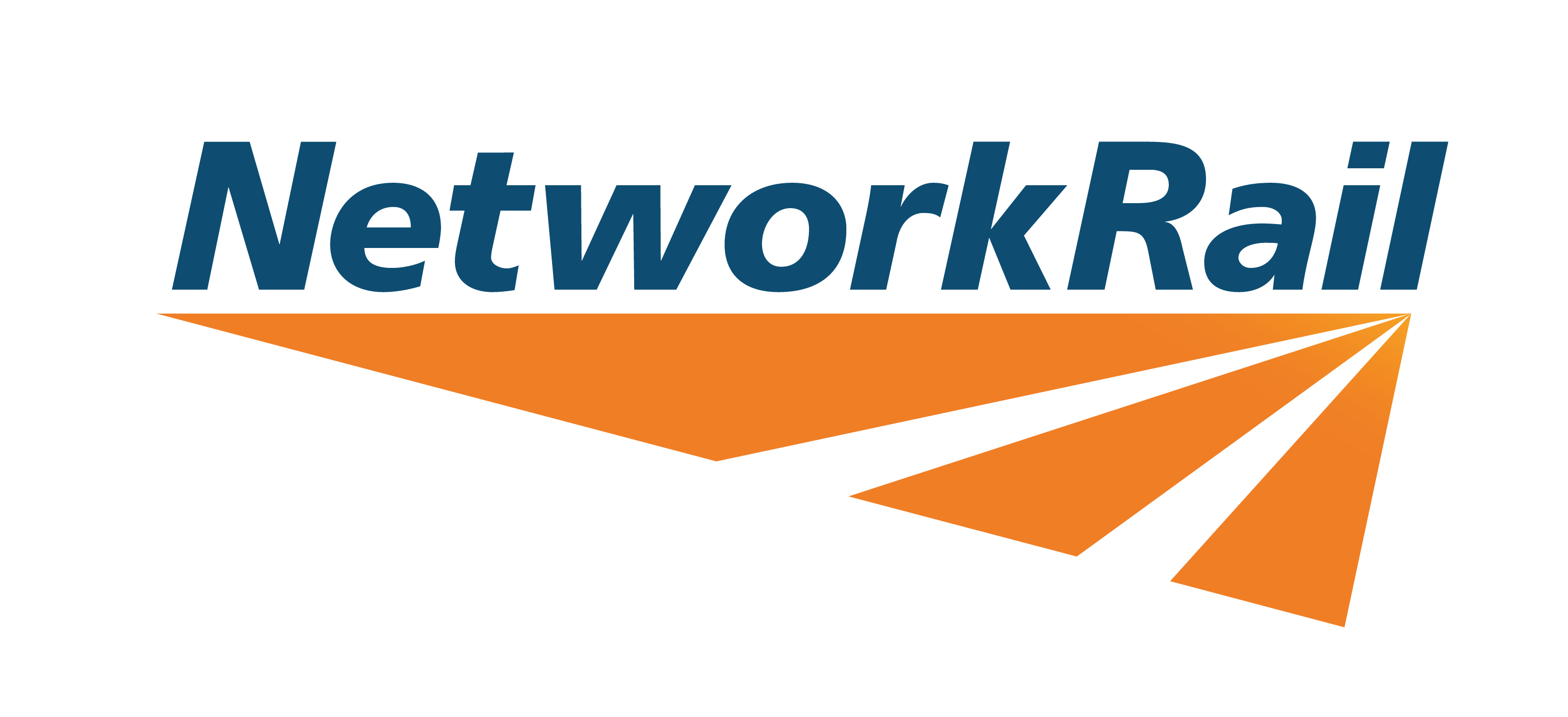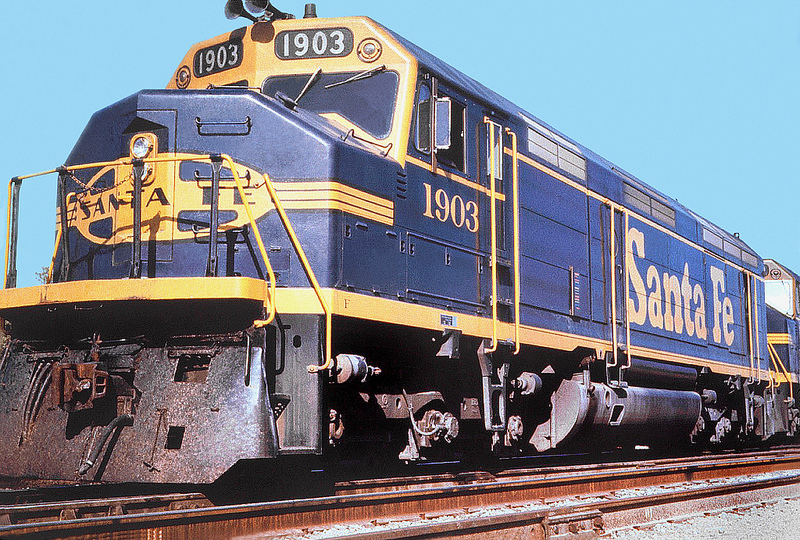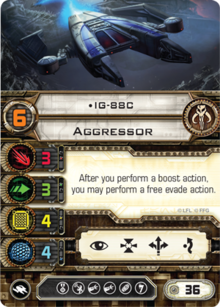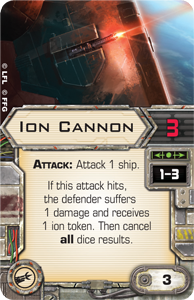Dapol - 2D-002-007D - Locomotive, Diesel, BR, Class 50 - Network Rail - 50018
| Stock Number | 2D-002-007D |
| Original Retail Price | £186.25 |
| Brand | Dapol |
| Manufacturer | Dapol |
| Body Style | Dapol Diesel Engine Class 50 |
| Prototype | Locomotive, Diesel, BR, Class 50 |
| Road or Company Name | Network Rail (Details) |
| Road or Reporting Number | 50018 |
| Paint Color(s) | Red, White & Blue with Yellow Ends and Black Roof |
| Print Color(s) | White |
| Paint Scheme | Refurbished |
| Additional Markings/Slogan | Resolution |
| Coupler Type | Rapido Hook NEM Standard Pocket |
| Wheel Type | Chemically Blackened Metal |
| Wheel Profile | Small Flange (Low Profile) |
| DCC Readiness | DC/DCC Dual Mode Decoder |
| Item Category | Locomotives |
| Model Type | Diesel |
| Model Subtype | BR |
| Model Variety | Class 50 |
| Scale | 1/148 |
Specific Item Information:
The BR Class 50 is a type of Co-Co diesel locomotive built by English Electric at their Vulcan Works in Newton-le-Willows. Fifty locomotives were built between 1967-68 and initially leased to BR (fully purchased in 1973) to haul express passenger trains on the (then) non-electrified West Coast Line between Crewe and Scotland. After the West Coast Line was electrified, these locomotives were transferred to the Western Region, working from London Paddington to the South West, Oxford and from Birmingham to Bristol. In the late 1970s the fleet was refurbished and named after Royal Navy Warships. These newly refurbished locomotives, with their simplified electrics, high intensity headlights and new BR Blue large logo livery worked out of Paddington and Waterloo to Salisbury and the South West. The Class was slowly withdrawn from the early 1990s with the last one being decommissioned in 1994. More than 20 survive into preservation including class pioneer D400 (50050).
Road Name History:
Network Rail as they define themselves:
We own and operate the railway infrastructure in England, Wales and Scotland on behalf of the nation.
That’s 20,000 miles of track, 40,000 bridges and viaducts and thousands of tunnels, signals, level crossings and points. We also manage rail timetabling and 18 of the largest stations in England, Scotland and Wales. We work round-the-clock to provide a safe, reliable experience for the millions using Europe’s fastest-growing railway each and every day.
We own and operate the railway infrastructure in England, Wales and Scotland on behalf of the nation.
That’s 20,000 miles of track, 40,000 bridges and viaducts and thousands of tunnels, signals, level crossings and points. We also manage rail timetabling and 18 of the largest stations in England, Scotland and Wales. We work round-the-clock to provide a safe, reliable experience for the millions using Europe’s fastest-growing railway each and every day.
Brand/Importer Information:
Dapol Ltd is a Welsh model railway manufacturer based in Chirk, Wales. The factory where design and manufacturing take place is just over the border in England. The company is known for its model railway products in N gauge and OO gauge. Dapol's name is a play on its founders David and Pauline Boyle's names. He owned a model concern Highfield Birds & Models. In 1981 he first tried to buy the Airfix and Mainline ranges. The Dapol brand name was first used in a Railway Modeller advert of September 1983. The first Dapol wagons (for OO) were announced to become available on 20 November 1983. From 1 March 1984 ex Airfix railway kits became available.
Dapol manufactures a growing range of N gauge locomotives, coaches and wagons, and is the main competitor of Graham Farish in the British 'ready-to-run' market. Continuous improvement in model specifications has led to the introduction of 40:1 gearing in locomotive drive mechanisms, NEM couplings on all stock, and LED lighting strips for coaching stock (yellow for 'older' coaches, to represent incandescent illumination, and white for more modern coaches and EMUs to represent fluorescent fittings).
Dapol manufactures a growing range of N gauge locomotives, coaches and wagons, and is the main competitor of Graham Farish in the British 'ready-to-run' market. Continuous improvement in model specifications has led to the introduction of 40:1 gearing in locomotive drive mechanisms, NEM couplings on all stock, and LED lighting strips for coaching stock (yellow for 'older' coaches, to represent incandescent illumination, and white for more modern coaches and EMUs to represent fluorescent fittings).
Item created by: CNW400
on 2022-01-14 11:21:56
If you see errors or missing data in this entry, please feel free to log in and edit it. Anyone with a Gmail account can log in instantly.
If you see errors or missing data in this entry, please feel free to log in and edit it. Anyone with a Gmail account can log in instantly.



